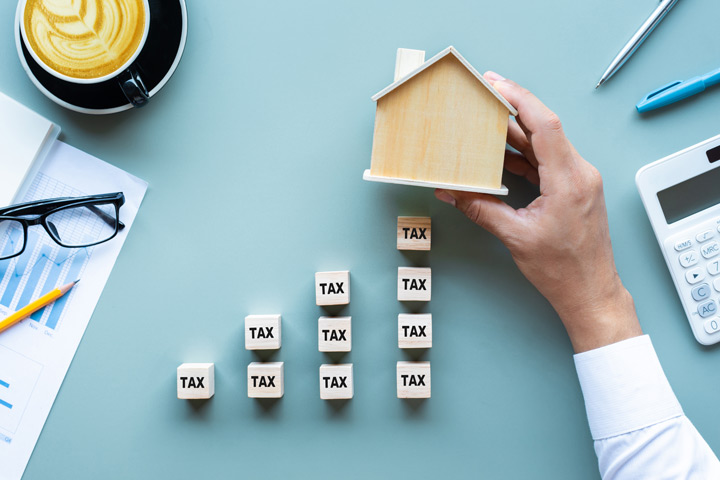
Below is s summary of the recent tax changes for landlords that explains how some landlords will end up paying more tax as a result.
Section 24 Restriction of Mortgage Interest Relief
From April 2017, there will be changes to how mortgage interest and finance costs are treated. These changes will be phased in over a 4-year period.
Landlords will be able to obtain relief as follows:
- in 2017 to 2018 the deduction from property income (as is currently allowed) will be restricted to 75% of finance costs, with the remaining 25% being available as a basic rate tax reduction
- in 2018 to 2019, 50% finance costs deduction and 50% given as a basic rate tax reduction
- in 2019 to 2020, 25% finance costs deduction and 75% given as a basic rate tax reduction
- from 2020 to 2021 all financing costs incurred by a landlord will be given as a basic rate tax reduction
These changes apply to residential property, so landlords will not be affected if you hold property within a limited company.
Previously landlords could include mortgage interest when claiming expenses against their income. After this change is implemented, mortgage interest will be excluded.
After claiming expenses against income excluding mortgage interest, a landlord’s profit is found, and their tax is calculated.The mortgage interest adjustment will then be deducted from the tax owed.
This adjustment will be 20% of the mortgage interest paid and finance costs not deducted from income.
The changes do not solely affect mortgage interest, but mortgage arrangement fees, broker fees and similar costs also.
These changes will affect higher tax payers, as well as those who may previously have been basic taxpayers but are now higher rate due to the change in how profits are calculated.
This change is complicated, and you should obtain specialist advice by a professional adviser to see how they will impact your position.
Wear and Tear Allowance
Before any changes took place, furnished rental properties could claim a generous wear and tear allowance which was 10% of their net received, rather than claiming the cost of furnishings direct.
However, HMRC have introduced a new system from 6th April 2016 onwards.
Instead of claiming a flat rate allowance, landlords will be able to claim a relief of the cost of replacing furniture but not the initial cost. The replacement must be the nearest modern equivalent. These furnishings include; beds, chairs, tables, sofas, appliances, kitchenware, etc.
Those affected are companies, individuals and others such as trusts, that let residential properties.
Stamp Duty Surcharges
This is a higher tax that affects buy to let investors,for those that own 2 or more properties and are not replacing their main residence. The higher rates will also apply if you buy 2 or more residential properties at the same time.
This tax will not apply to mobile homes, non-residential property, caravans, houseboats and purpose build student accommodation.
Landlords will not have to pay higher tax if you sell your old home and buy your new home on the same day. You can claim a refund within three months of the sale by changing the return or completing a stamp duty repayment request form.
Landlords also won’t have to pay the higher tax if the new properties are worth less than £40,000 each.
| Current SDLT Landlord Rates |
SDLT rate |
| Up to £250,000 |
3% |
| The next £675,000 (the portion from £250,001 to £925,000) |
8% |
| The next £575,000 (the portion from £925,001 to £1.5 million) |
13% |
| The remaining amount (the portion above £1.5 million) |
15% |